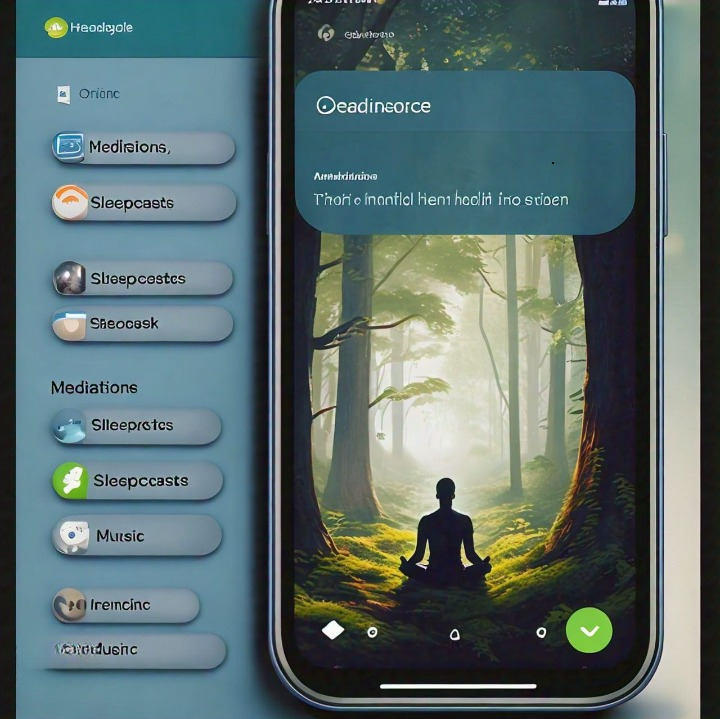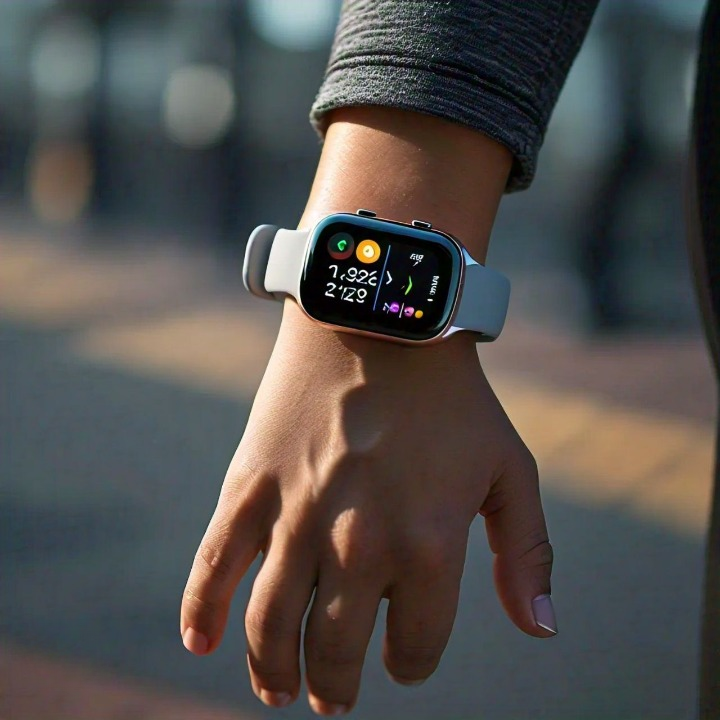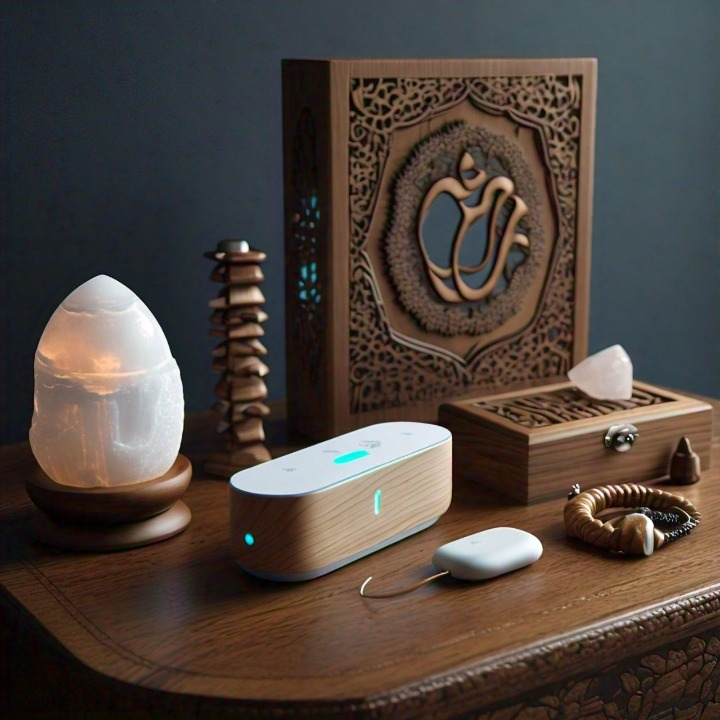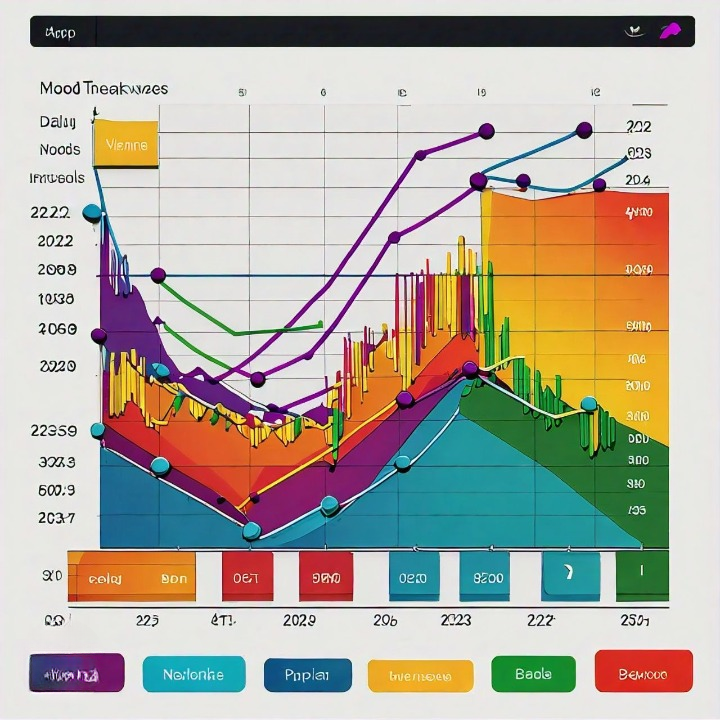In an increasingly digital world, technology’s influence on mental health is both profound and transformative. From apps that offer guided meditations to gadgets that track our sleep patterns, technology is playing an increasingly vital role in managing and improving mental well-being. But as with any innovation, there are both advantages and drawbacks to consider. This article explores how mental health apps and gadgets are shaping our approach to wellness, their effectiveness, and the potential pitfalls we should be aware of.
The Rise of Mental Health Apps
In recent years, mental health apps have surged in popularity, offering accessible and often cost-effective solutions for managing stress, anxiety, depression, and other mental health concerns. These apps can be categorized into several types, including:
Meditation and Mindfulness Apps: Apps like Headspace and Calm provide guided meditations, breathing exercises, and relaxation techniques. They aim to reduce stress and improve emotional regulation. Studies have shown that regular use of mindfulness apps can lead to reduced symptoms of anxiety and depression.
Therapy and Counseling Apps: Platforms like BetterHelp and Talkspace offer virtual therapy sessions with licensed professionals. These apps can make therapy more accessible to individuals who might face barriers such as cost, location, or stigma.
Mood Tracking and Mental Health Monitoring: Apps such as Moodfit and Daylio help users track their moods, identify patterns, and gain insights into their mental health. This data can be useful for both users and their healthcare providers in tailoring treatment plans.

The Benefits of Mental Health Apps
Accessibility and Convenience: One of the most significant advantages of mental health apps is their accessibility. They provide users with resources and support at their fingertips, often at a lower cost than traditional therapy. This convenience can encourage regular use and make mental health care more inclusive.
Customization and Personalization: Many apps offer personalized features, such as customized meditation sessions or mood tracking. This personalization can enhance user engagement and effectiveness, as individuals can tailor their mental health routines to their specific needs.
Anonymity and Privacy: For those who are hesitant to seek help due to stigma or privacy concerns, apps provide a degree of anonymity. This can make it easier for individuals to seek support and engage in mental health practices without fear of judgment.

Potential Drawbacks and Limitations
Quality and Credibility: Not all mental health apps are created equal. Some may lack evidence-based practices or be developed without input from mental health professionals. It’s essential for users to research and choose apps that are reputable and have been reviewed by experts.
Over-Reliance on Technology: While apps and gadgets can be valuable tools, there is a risk of over-relying on them. They should complement, not replace, traditional forms of mental health care. For severe or persistent mental health issues, professional guidance and treatment are crucial.
Privacy Concerns: Mental health apps often collect sensitive data, which raises concerns about privacy and data security. Users should be cautious about sharing personal information and ensure that the apps they use have robust privacy policies.

The Role of Gadgets in Mental Health
In addition to apps, various gadgets have been developed to support mental health. These include:
Wearable Devices: Gadgets like Fitbit and Apple Watch can track physical activity, sleep patterns, and heart rate. Some devices also offer stress management features, such as guided breathing exercises. Monitoring these metrics can provide insights into how physical health affects mental well-being.
Biofeedback Devices: Tools like Muse, a headband that provides real-time feedback on brain activity during meditation, can help users improve their mindfulness practices. By offering data on brain states, these devices aim to enhance the effectiveness of meditation and relaxation techniques.

Balancing Technology with Mental Wellness
As we integrate technology into our mental health routines, it’s important to strike a balance. Technology can provide valuable support, but it should be used in conjunction with other self-care practices and professional guidance. Here are some tips for making the most of mental health apps and gadgets:
Research and Choose Wisely: Opt for apps and gadgets that have been reviewed by experts and have positive user feedback. Look for features that align with your mental health goals and needs.
Use Technology Mindfully: Be aware of how technology affects your mental health. If you notice any negative effects or increased stress, consider adjusting your usage or seeking additional support.
Combine with Other Practices: Incorporate technology into a broader mental wellness routine that includes activities such as exercise, social connection, and self-reflection.

Conclusion
Technology is undeniably reshaping the landscape of mental health care, offering innovative tools and resources that can support well-being. While mental health apps and gadgets provide numerous benefits, it’s essential to approach them with discernment and use them as part of a comprehensive mental health strategy. By combining technological solutions with traditional practices and professional support, we can enhance our mental health and navigate the complexities of modern life more effectively.

